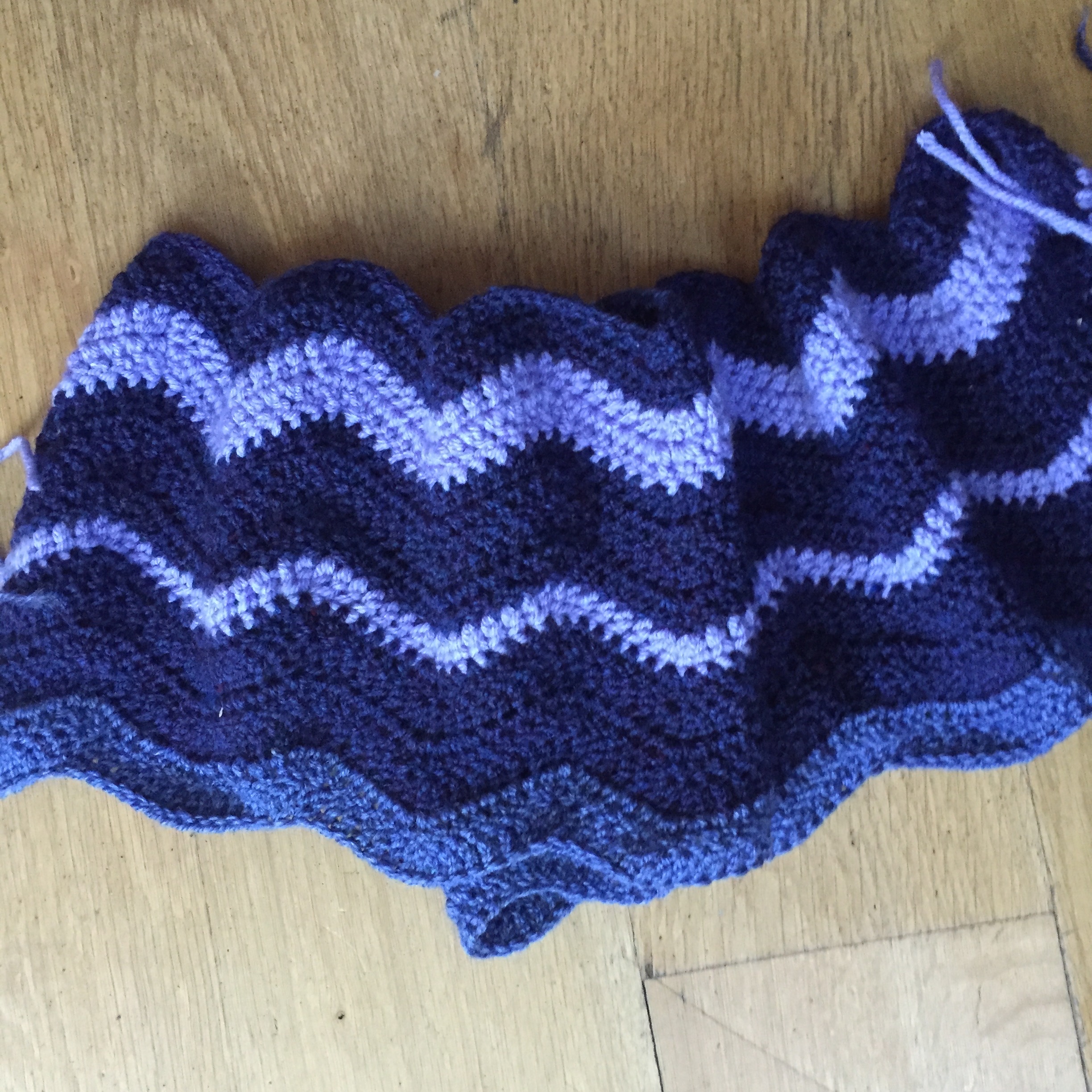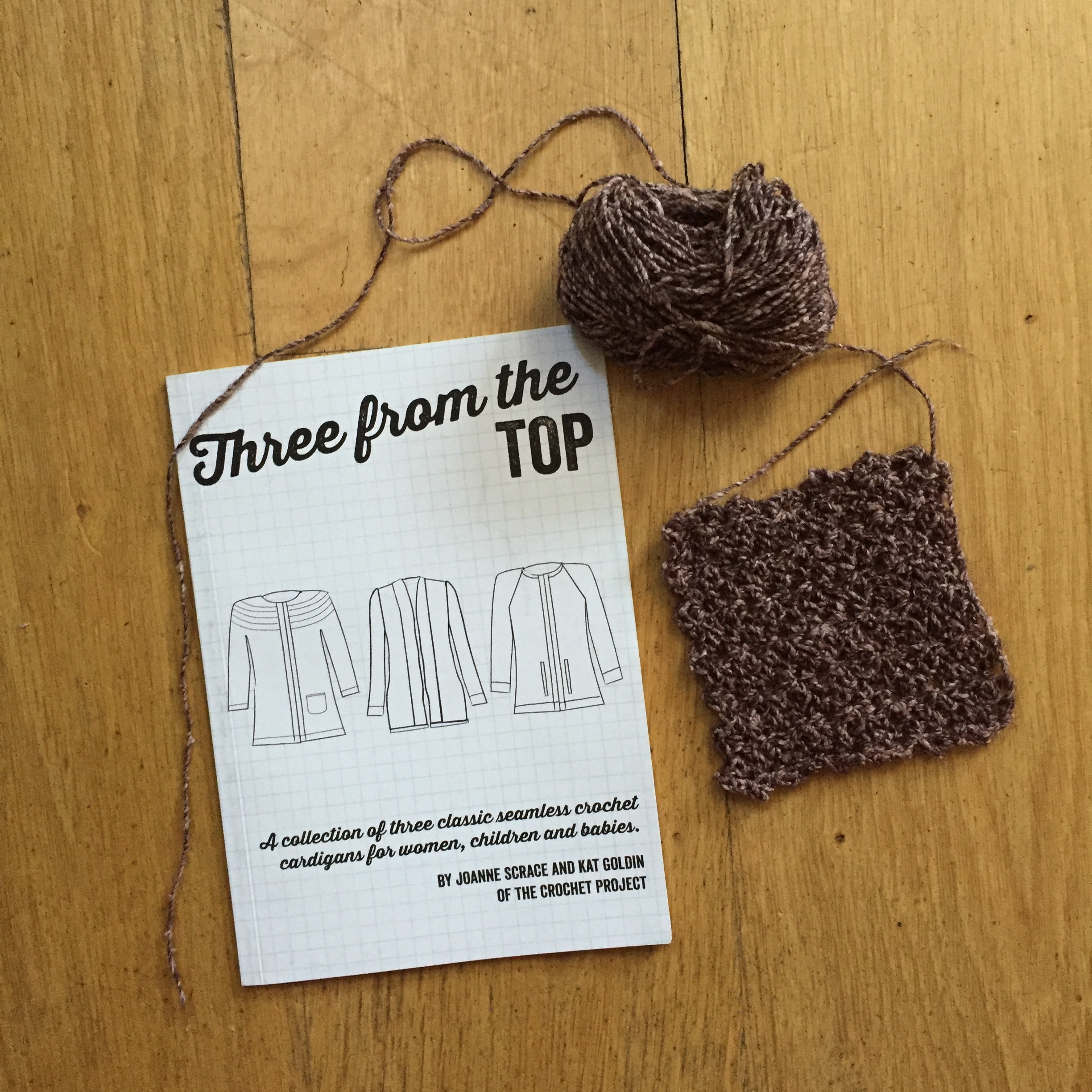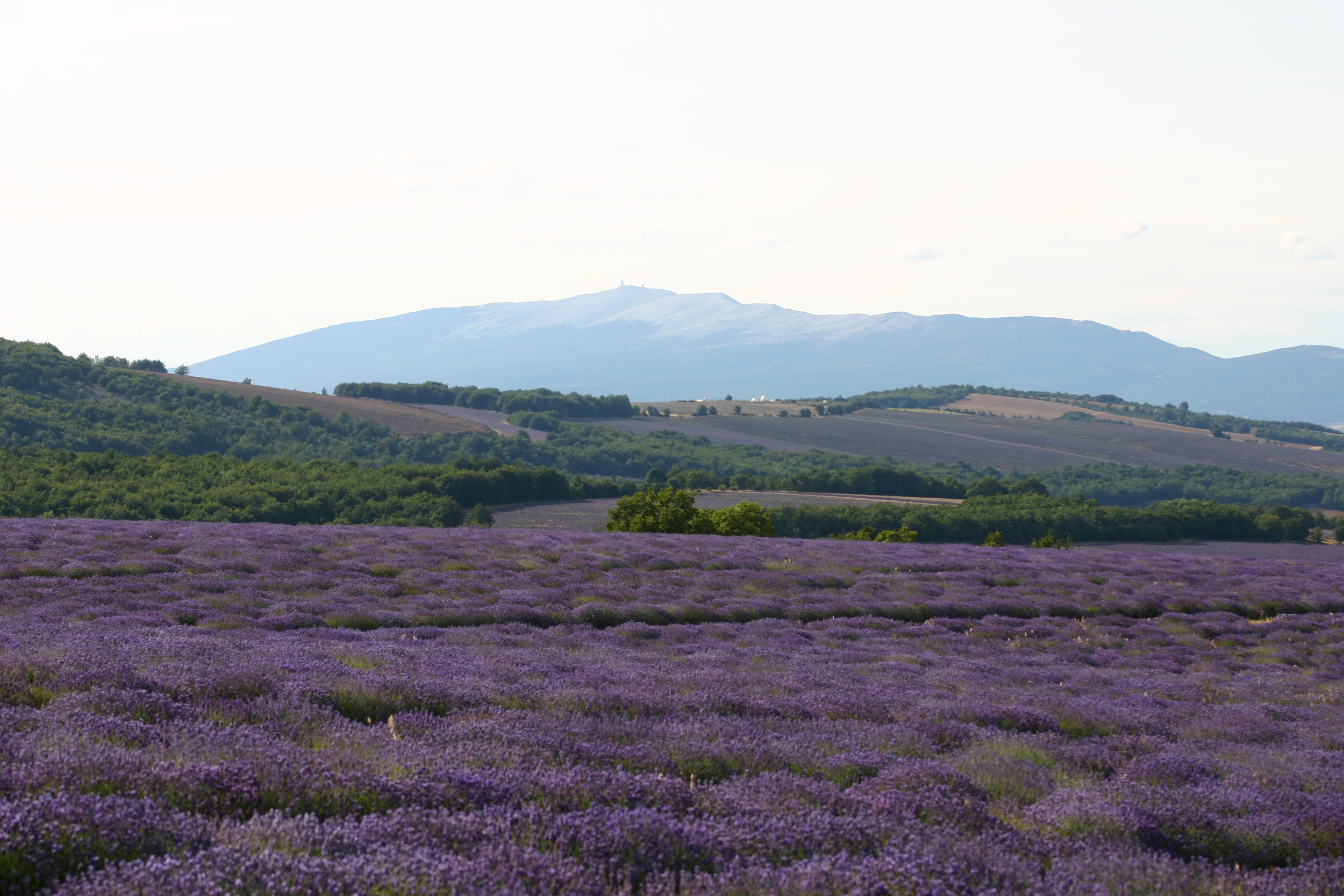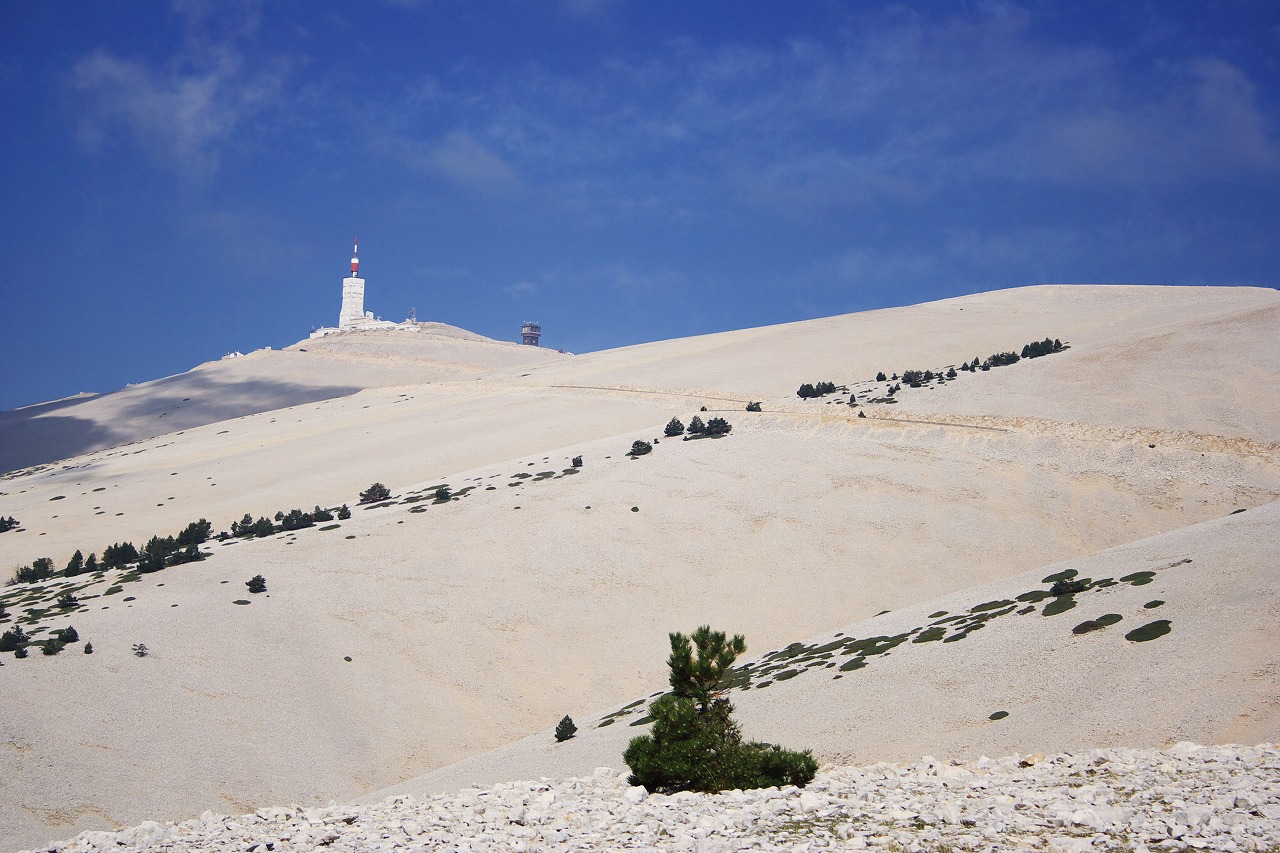Something strange is afoot...
So we went away for the Bank Holiday weekend, and on the Friday I found myself in a bit of a quandry: I had finished my current portable WIP (the Coffee Date Shawl by C. C. Almon), had a test knit on the go that turns my hands blue (not suitable for travel knitting) and was facing the prospect of lots of time in the car coupled with a weekend away from the real world with No Knitting Project! Clearly the endtimes were near...so I boldly rallied forth and,
picked up a crochet hook.
This may seem a bit off piste, but I do crochet, and clearly my newly rediscovered fascination with crochet (as detailed in a recent Yarn in the City Podcast episode) has not gone away. I started making Bear's Rainbow Blanket for Dev not long after finishing a Sock Yarn Blanket for Boo, using the left over scraps of fingering weight yarn and some gorgeous alpaca Himself brought me from Peru many years ago. It was the perfect project to take up north with us - small pieces, easy to pick up and put down, and also very gratifying - one center takes me about half an hour, ditto for the edging.
Over the course of the weekend, I played Yarn Chicken both successfully and unsuccessfully,
Crocheted with yarn matching the Wee Ridiculous Dog,
And managed to finish a pile of squares, leaving only a few left before assembly can start. Eldest is suitably pleased!
And the frenzy has continued. There's a ripple baby blanket happening for one of Himself's work colleagues (pattern from Lucy at Attic24) and last night I swatched for the Kippen Cardigan by Kat Goldin.
And got gauge...will miracles never cease?
















